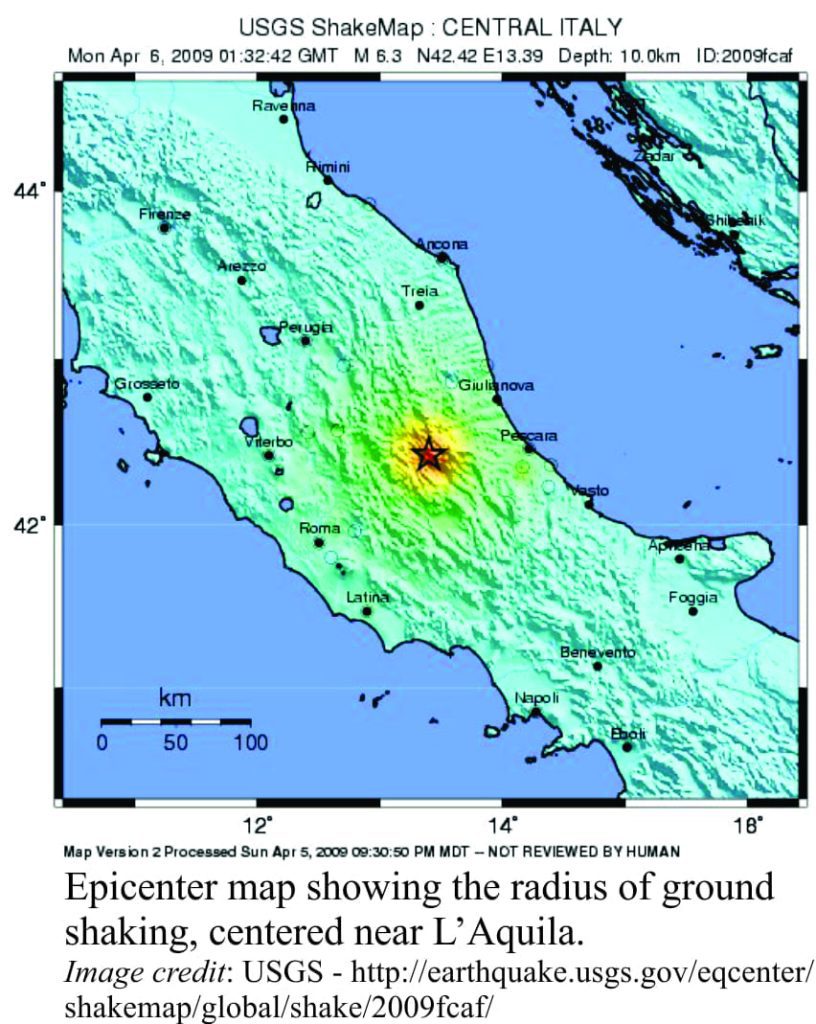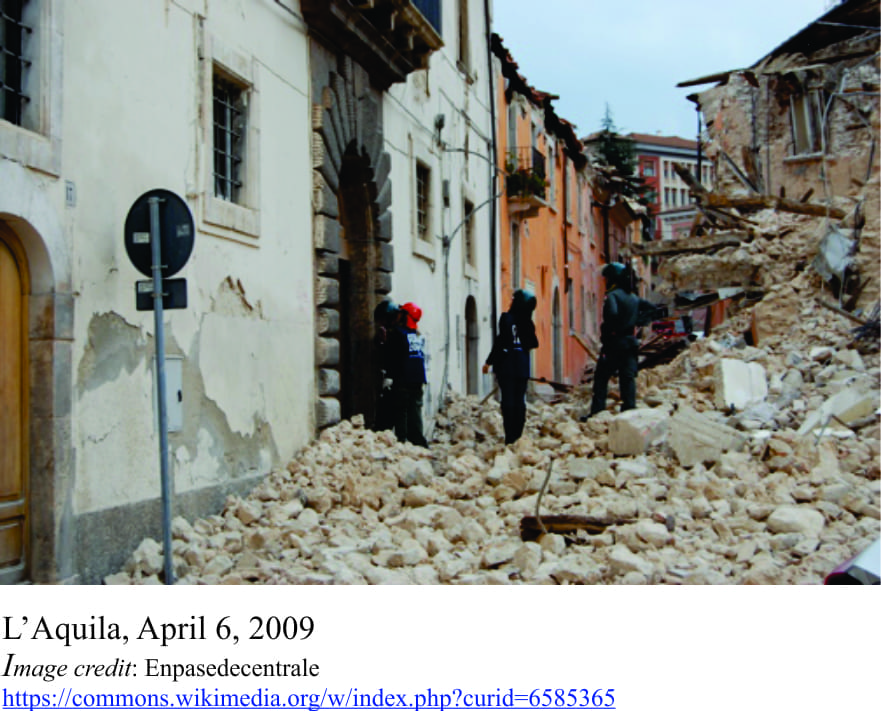Life is a risky business. Not a day goes by when some aspect of our lives comes under the gaze of risk assessment, an analysis of potential adversity, the probability that some event will impact our well-being. No black and white determinism here; we have become probabilistic entities. The seemingly simple act of driving your car, is translated into an actuarial assessment that determines the cost of insurance, a government’s health budget, a funeral director’s business plan, or a vehicle manufacturer’s liability. All are predicated on the probability of some event taking place – one chance in x occurrences. No luck, or absence of luck? Luck is when you win the lottery without buying a ticket.
Predicting natural phenomena, like volcanic eruptions, tornadoes, or earthquakes, is the stuff of science. The problem with these kinds of events is that they can have global impacts. How does one prepare for, or mitigate, meteorite impacts or Boxing Day tsunamis? We know there are risks, but quantifying those risks remains, in many cases, elusive. We know a great deal about earthquakes for example, how and where they occur (in terms of the mechanics of the earth’s crust), the most likely impacts, and patterns of aftershocks, but pin-pointing the time and place of the actual events, other than in rather vague, general terms, still eludes us. Seismologists frequently speak of earthquake recurrence intervals for certain faults, based on historical, archeological, and geological records, but there is a world of difference between knowing a fault will probably be active sometime in the next 300 years, and foretelling an earthquake three weeks hence. Seismologists tend to be quite vague, as well they should be, when asked to comment on the likelihood of an event; there are simply no established tools that permit such predictions. A group of Italian scientists learned this lesson the hard way.
In the early hours of April 6, 2009, a M6.3 earthquake, its epicentre near the medieval city of L’Aquila in the central Italian Apennines, killed 309 people and caused severe damage, rendering more than 65,000 people homeless. The main shock was preceded over several months, by 100s of smaller events (a seismic swarm), mostly less than M3. Understandably, the L’Aquila townsfolk were unsettled by the earthquake swarm. L’Aquila and neighbouring towns are no strangers to earthquakes, but this event had a different outcome in the context of scientific knowledge and its role in risk assessment and management.

Shock and dismay of a very different kind, rippled through the global scientific community in 2011, after it was announced that the seven experts were to stand trial for manslaughter, based on their inadequate assessment of the risks. While recognising that precise earthquake prediction is not scientifically possible (at the present time), the court did determine that the public had been misled by the Government official’s announcement, and that this had contributed to the death toll. Their sentence – 6 years in prison, pay compensation of 7.8 million Euro to the 29 families who had collectively brought the charges, and a ban from public service.
In 2015, an Appeal Court exonerated the 6 scientists, but not the government official. The court argued that the official had taken it upon himself to make statements that the scientists did not agree with, and that he made the statements before the meeting with the scientists had taken place – the scientists clearly could not be blamed for statements they had no knowledge of, and likely would have disagreed with.
The science community’s collective dismay centred around several issues:
- the science of earthquake prediction is inexact. Earthquake swarms are not uncommon; some appear to precede major shocks, but many do not. However, the L’Aquila debacle has lent some focus to the study of seismic swarms, in the hope that something predictive may be teased from them,
- it was an attack on science,
- that the court did not understand the nature of earthquake science, the nature of probability and risk assessment-management. For example, many seismologists argue that the existence of a seismic swarm does increase the probability of a major event, although the actual probability may still be quite small. In other words, the swarms are possible signals of impending calamity,
- and, if the convictions had stood, no scientist in future would willingly make public comment about ‘acts of God’. This last point probably extends to disciplines other than scientific, where risks are evaluated.
I expect the six scientists felt a sense of relief, that their judgements about potential risks to L’Aquila were not unreasonable, at least within the context of scientific knowledge at the time. But I also suspect no small degree of frustration, that they were unable to be more definitive in their predictions. At present, earthquake prediction doesn’t extend past statements of recurrence intervals. But I’m optimistic that the science of seismology will eventually find the tools to be more precise.

